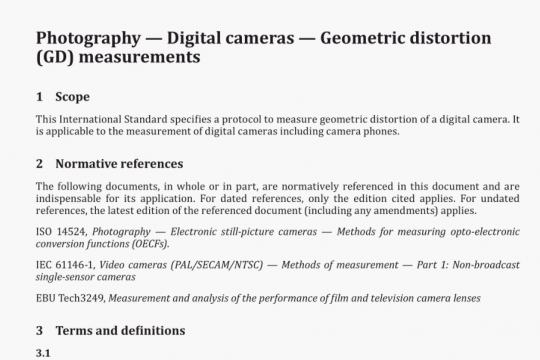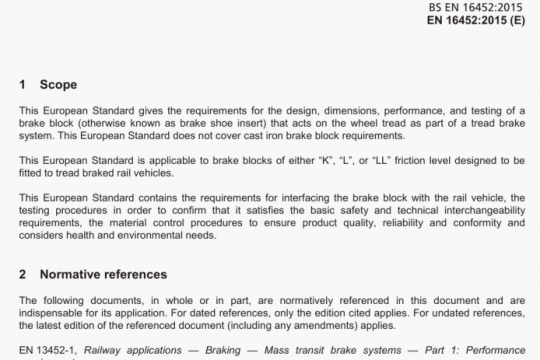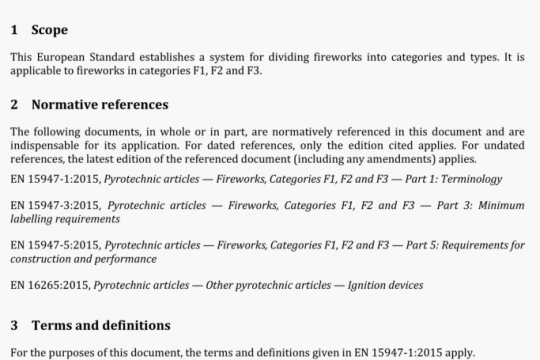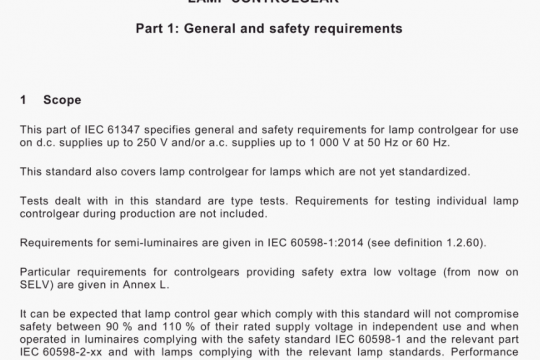BS EN 14531-1:2015 pdf download
BS EN 14531-1:2015 pdf download.Railway applications – Methods for calculation of stopping and slowing distances and immobilization braking Part 1: General algorithms utilizing mean value calculation for train sets or single vehicles.
4 Stopping and slowing distances calculation
4.1 General
The principle of the algorithm flow is presented in Annex A, Figure Al
In general the formulae contained in this clause are used in the first instance when considering constant brake forces with respect to speed.
In the second instance the formulae may be used as a mean value calculation when considering a non constant speed dependent brake force which is transformed to a mean brake force value. This mean value of brake force is considered as a fully developed force without considering the response time and results in the same braking distance as if calculated using the speed dependent brake force. See Annex E.
The algorithms in this standard use mean values, however if it is necessary to use instantaneous values and algorithms using finite time steps then EN 1453 1-2 shall he used.
4.2 Accuracy of input values
The accuracy of the calculation described here depends directly on the accuracy of the input data.
The accuracy of the input data values shall be relevant to the purpose of the calculation and shall be traceable as to how these values were established e.g. engineer’s estimation, test results, manufacturer’s data etc. Supporting calculations or test reports (or extracts of these documents) should be attached with the performance calculation where applicable.
Representative curves of the performance of a type of brake equipment e.g. electro dynamic brake, can be determined by numerical or practical methods. The values can be given as a table.
4.3 General characteristics
4.3.1 Train formation
The brake system design parameters necessary to conduct the calculation shall be defined at the level of an entity e.g. an axle, bogie or a vehicle.
Calculations shall be performed for each brake equipment type. In so doing, the brake force contributions from each of the brake equipment types (e.g. disc brakes, tread brakes, electrodynamic brakes) shall be taken into consideration. All of the various types of brake equipment applied to one entity shall be identified and accounted for in the calculation.
The parameters which are typically used to define train formation include but are not limited to:
— quantity of motor axles;
— quantity of trailer axles;
— quantity of braked axles for each adhesion dependent brake equipment type;
— quantity of non-adhesion dependent brake equipment type.
NOTE I When there are several brake equipment types, it is preferable to identit’ each type (for example by means of a number: type 1, type 2. etc.).BS EN 14531-1 pdf download.




